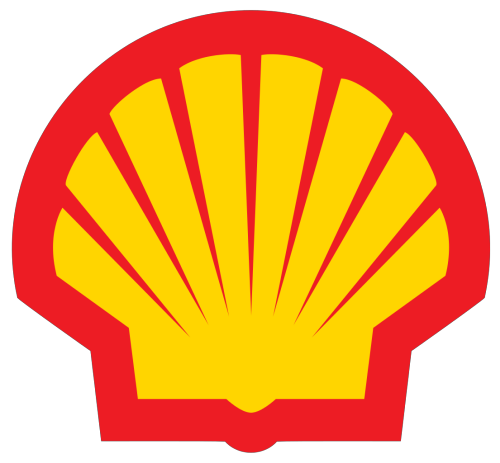In the last decade, unmanned aerial systems (UAS) have grown from being a nascent technology to regular sights at Shell locations around the globe. Initial deployments focused on simple one-off inspections, such as for flare tips, but assets have found many new applications for commercial UAS. This has led Shell to develop new technologies and new ways of using these tools.
In the future, machine vision and advanced analytics will help to extend the application space for Shell, thus reducing the risks to human operators and lowering costs compared with traditional inspection and survey practices.
UAS use in Shell
About 10 years ago, Shell began investigating the use of UASs for inspections. Uptake was initially slow because of concerns about the safety of using these commercial platforms in an operating environment and questions about the quality of the data. In 2012, Shell performed a flare-tip inspection and a topographic survey that demonstrated that UASs could be deployed safely and effectively. These, along with new deployment guides, internal knowledge sharing, standards from Shell Aircraft and a maturing market that was driving down costs, led to a boom in UAS deployments.
The application space for UAS has now grown so large that it is impossible to track all the deployments in Shell.
Shell has used UAS for a variety of applications, including:
-
Facilities surveillance and mapping
-
Tall structure inspection
-
Topographical survey and mapping
-
Confined space inspection
-
Asset integrity surveillance
-
Emission detection
-
Emergency response
Most UAS applications in Shell have two things in common: they are done by third-party service providers and they take place within the visual line of sight.
These inspections and their data-gathering methods have become a mature service enabling the Robotics Centre of Excellence, the geomatics team and Shell Aircraft to focus on new frontiers in UAS application. Deployments of the next generation of the technology are starting and will become commonplace over the next decade. The business case Oil and gas assets are becoming more complex and need to adhere to the relevant health, safety, security and environmental standards. Developing and deploying robotic systems such as UAS is part of the strategy to achieve this. Recent experience has shown that modern robotic systems can help businesses to reduce risk exposure for personnel, drive efficiency, improve operational decisions and deliver substantial cost savings.
The full report can be accessed here.
Source: Shell

